What is Journaling?
WITH OR WITHOUT WORDS, A JOURNAL IS A PLACE OF SELF-EXPRESSION.
Journaling is an umbrella term and the concept often confusing as it encompasses so many different styles. You can look at a journal like a diary. It can be used to stay organised, for memory keeping, self-reflection, gratitude, to keep quotes, poems or music lyrics you wish to remember. For some, their journal is a creative place where they develop their artistic skills and use to channel their creativity. Let creativity run wild by combining written and creative journaling for optimal stress relief.
Journaling is an excellent way to find a sense of calm as it offers an opportunity for venting and gaining control whilst self-expression can be explored through drawing, doodling, or writing about one’s day.
How to Start a Journal: The Creative Way!
Are you looking for an outlet for creative expression? Many people find journaling to be the perfect tool for releasing their emotions, expressing themselves creatively, and unlocking their hidden talents. With a few simple tips, you can get started on your own journaling journey today.
Step 1:
Choose the Right Journal for You
Embracing the art of journaling requires a few basic yet essential steps. Start by selecting a journal that resonates with you – one you feel comfortable and excited to write in. This could be a traditional lined journal, a sketchbook for those inclined towards drawing, or a bullet journal that encourages organization through key points. Remember, this journal is a sanctuary for your thoughts and ideas, a springboard for your creative expression. Don’t pressure yourself to make it perfect; instead, let it be a genuine reflection of you.
Step 2:
Embrace Simplicity and Have Fun with Supplies
While journaling at its core requires only a pen and paper, there’s no harm in making the process more enjoyable and expressive with a variety of supplies. Remember, the goal is to create a space for your thoughts and ideas, which can be achieved even with the minimalist approach of a simple pen and paper. However, incorporating different pens, markers, colored pencils, stickers, washi tapes, or even watercolors can add a vibrant and dynamic touch to your journal. It allows you to explore different facets of creativity and personal expression, making every journaling session a fun and therapeutic experience. Keep in mind, though, that these supplies are not necessities, but rather enhancements to the overall journaling experience. They add color, but the heart of journaling lies in your words and ideas.
Step 3:
Decide on the Purpose of Your Journal and the Number Required
The beauty of journaling lies in its flexibility; it can serve myriad purposes, all crafted by you, the author. You could decide to use your journal as a diary, documenting your thoughts and experiences each day. A bullet journal could function as a detailed planner, helping you organize your to-do lists, goals, and important dates. Alternatively, your journal could be an outlet for creative expression, filled with sketches, stories, poems, or brainstorming for bigger projects. Or, perhaps, it could be a mixture of these elements. Understanding what you want from your journal will guide you in making it a useful tool tailored to your needs.
As for the number of journals, there’s no one-size-fits-all answer. Some find that having one journal for everything – a life planner, diary, and creative outlet all in one – works best. Others may prefer separate journals for different purposes, such as one for planning, one for creative writing, and another for personal reflections. The key is to find what works best for you and your lifestyle.
Step 4:
Breaking the Blank Page
Often the most daunting part of starting a journal is confronting the blank page. It’s at this moment that you may feel overwhelmed by the endless possibilities, unsure of how to begin. There’s a simple solution to this: just start writing. A common strategy is to fill the first page with a self-introduction or a letter to your future self. Discuss your hopes, fears, current state of mind, or simply what you’ve done today. Remember, this journal is a platform for your thoughts and creative expression, so there are no wrong words.
For more artistic individuals, you might prefer to fill the first page with a drawing or sketch, or even a collage of images that inspire you. If you’ve decided on a bullet journal, start by setting up your key or index page. This could involve color-coding, symbols, or a simple list of page numbers and their corresponding topics.
Regardless of your approach, the key is to break the blank page. Once you make that first mark, the rest will start to flow more easily. The intimidating white space will become a canvas for your ideas, thoughts, and creativity.
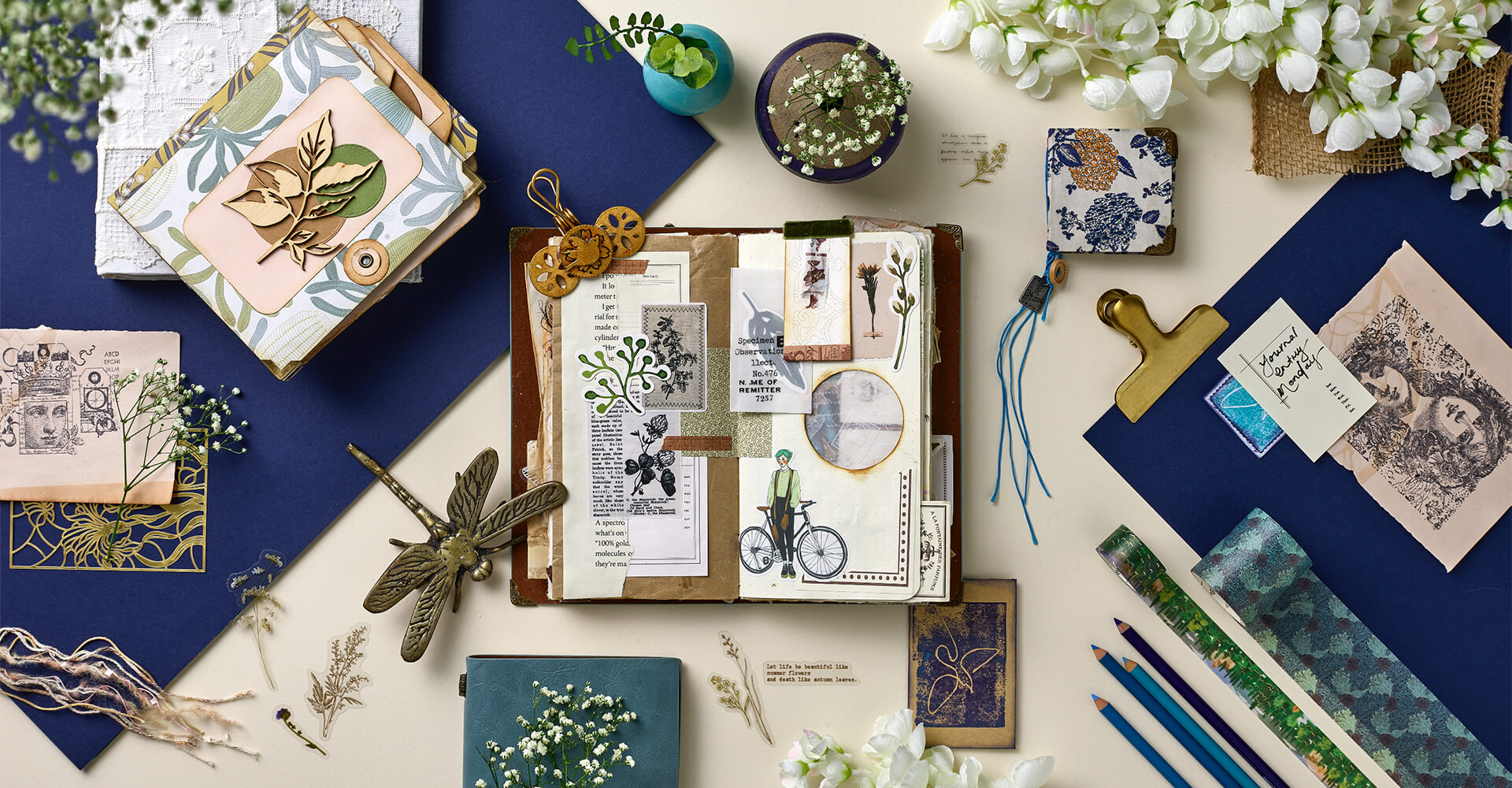
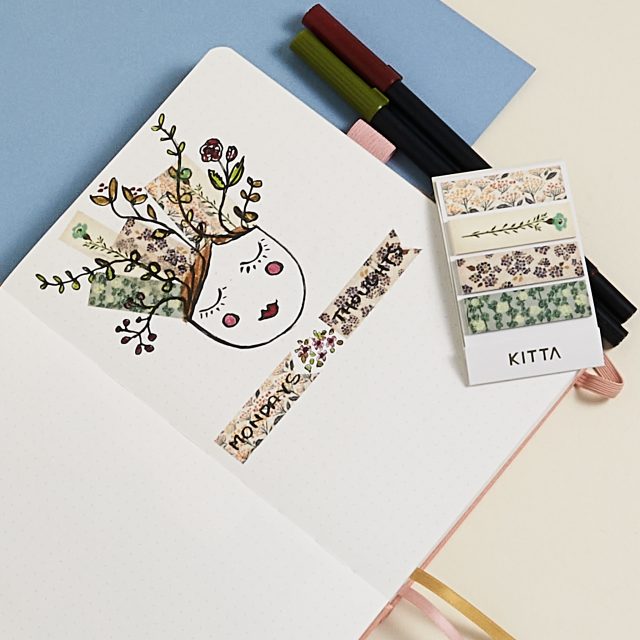
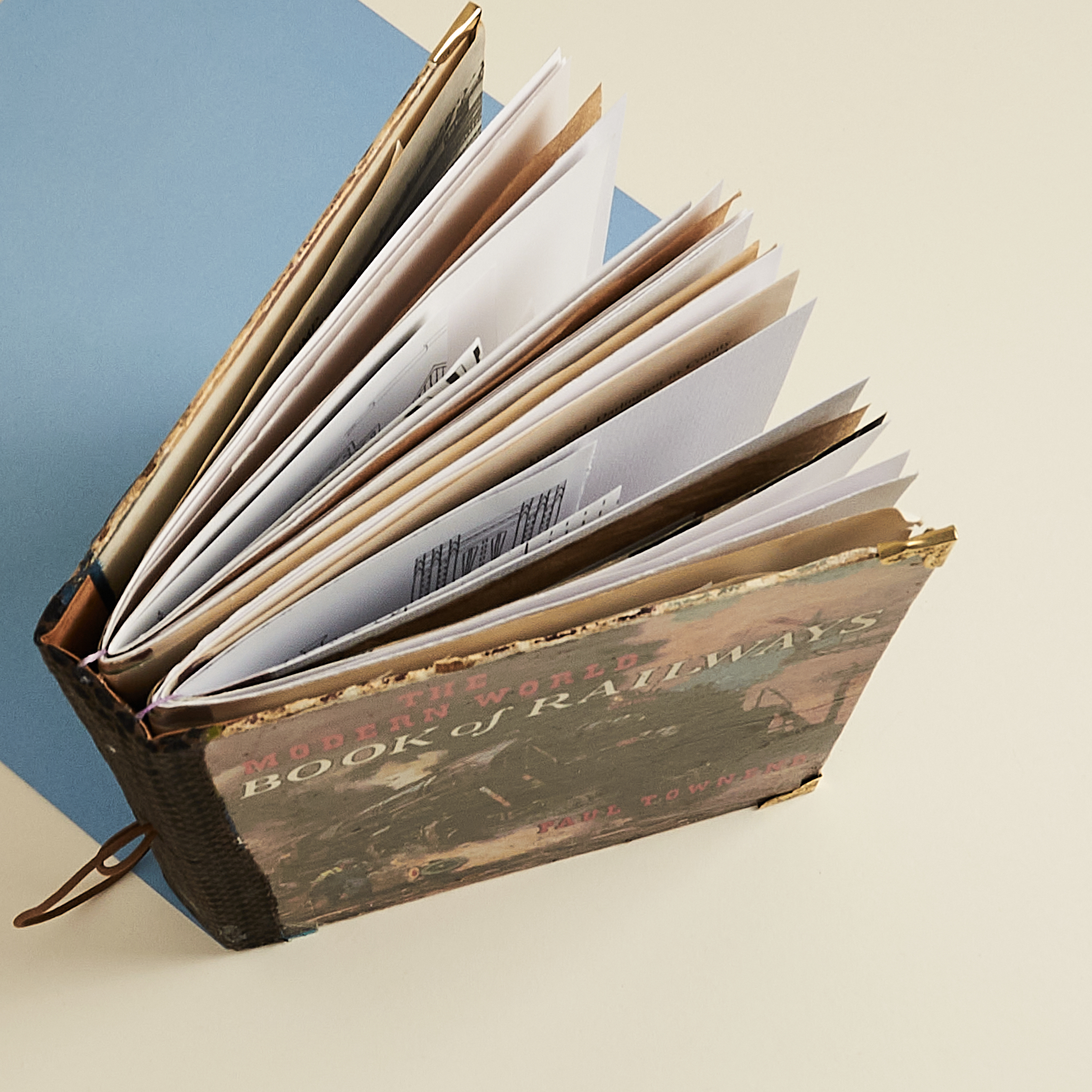
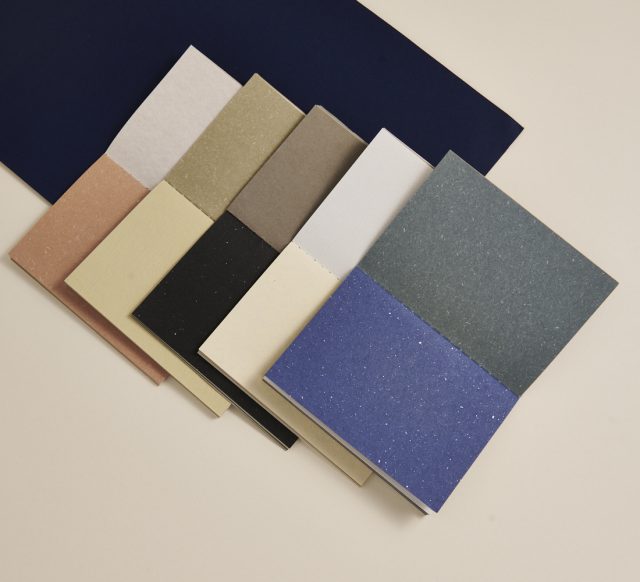
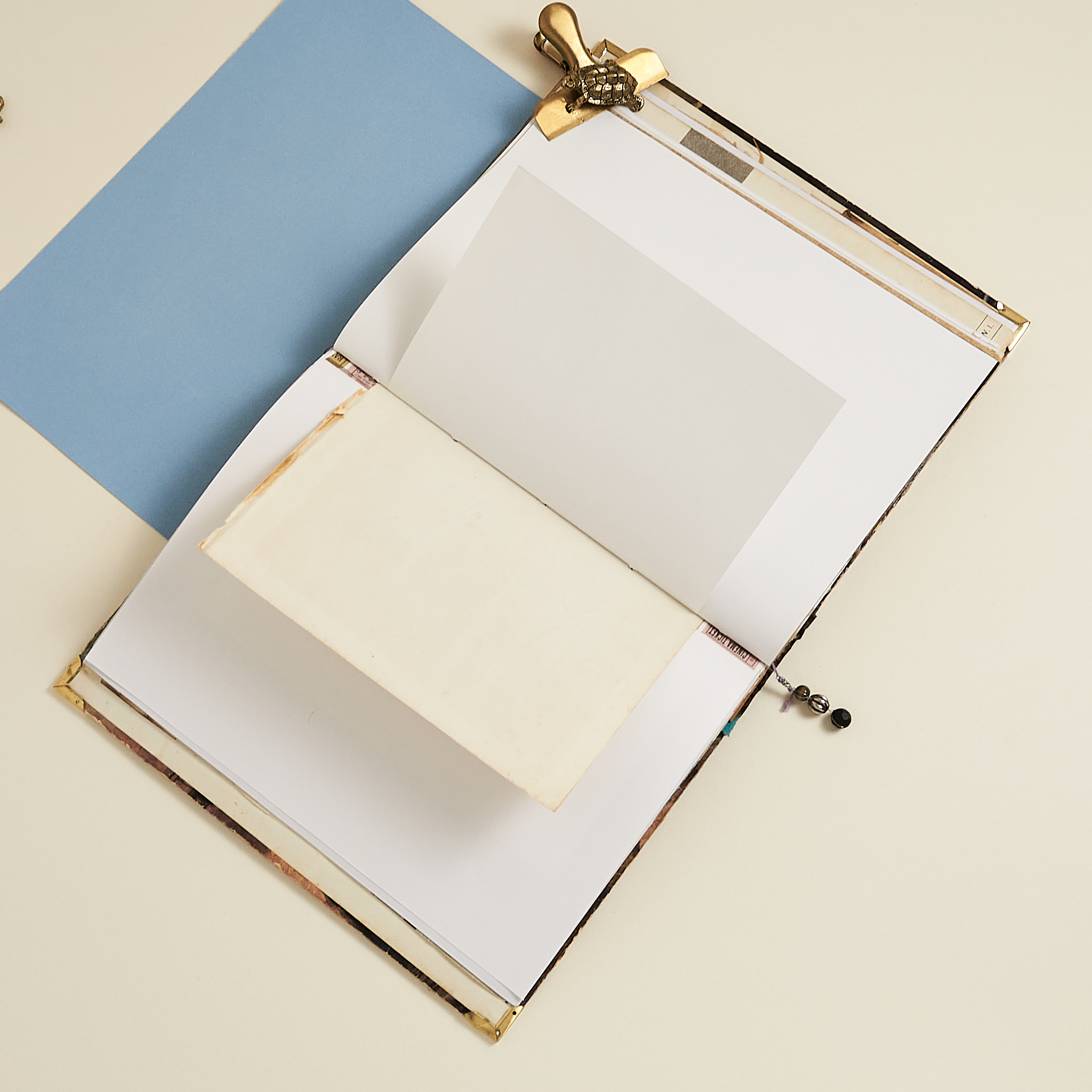
Benefits of Journaling?
Reflection
Searching for a sense of calmness? Journaling is a great way to achieve the peace you seek. Your journal is the perfect space for you to vent all those feelings swirling inside and help you gain a sense of control.
Relaxation
If you are creative you’ll know that the act of creating is a great stress-reliever. Combining written and creative journalling gives you the benefits of both.
Creativity
Tap into your creative side by allowing your self-expression to come to the fore. Whether you're drawing, doodling or writing about your day, magical things will come forth for your creative mind.
Greater clarity
You can enjoy mental clarity by exploring what’s going on inside of you. The reason? Because jotting down your thoughts declutters your busy brain. If you want to find focus, and think clearer, journaling is for you.
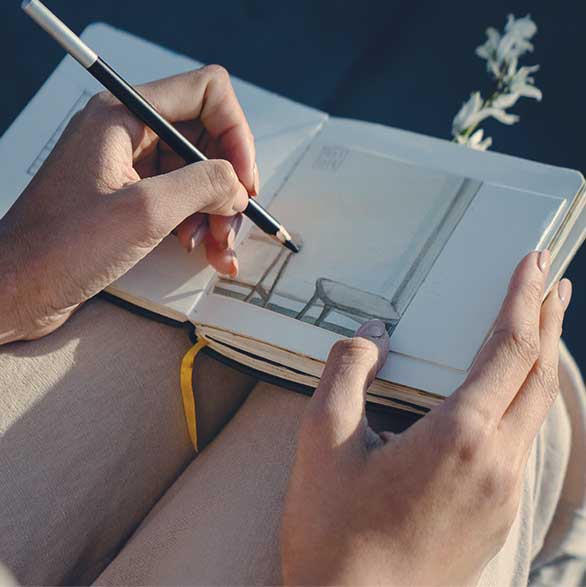
Art journaling
By visually expressing your inner self you can bring to life your thoughts and emotions using creative media. The possibilities are endless when you embrace your inner artist, let go of your inner critic and create in a judgment free personal space.

Gratitude journaling
Practicing gratitude is a powerful way to focus on the positive aspects of your life. You’ll record and reflect on the things that you’re most grateful for. (Think your friends, family, job or even personal skills.) As a result, you’ll become more self-aware and comfortable dealing with negative situations.

Junk Journaling
Heard of this misnomer? These types of journals use recycled materials and ephemera from the creators life ( the ‘junk’ we normally toss in the bin) to make their journals personal, creative and upcycled. Think movie tickets, food packaging, photos, receipts in your journal – all telling a story and preserving the memory.

Bullet journaling (BuJo for short)
Struggling to stay on track? Bullet journaling is a fun way to create structure in your life. This form of personal organisation involves writing down schedules, to-do lists and reminders everyday.

Creative journaling
This type of journaling often combines art journaling with a written journal – often quotes or poetry that reflect what the creator is feeling at the time. This is our favourite type of journaling here at Blue Bower as it provides a the benefits of both.

